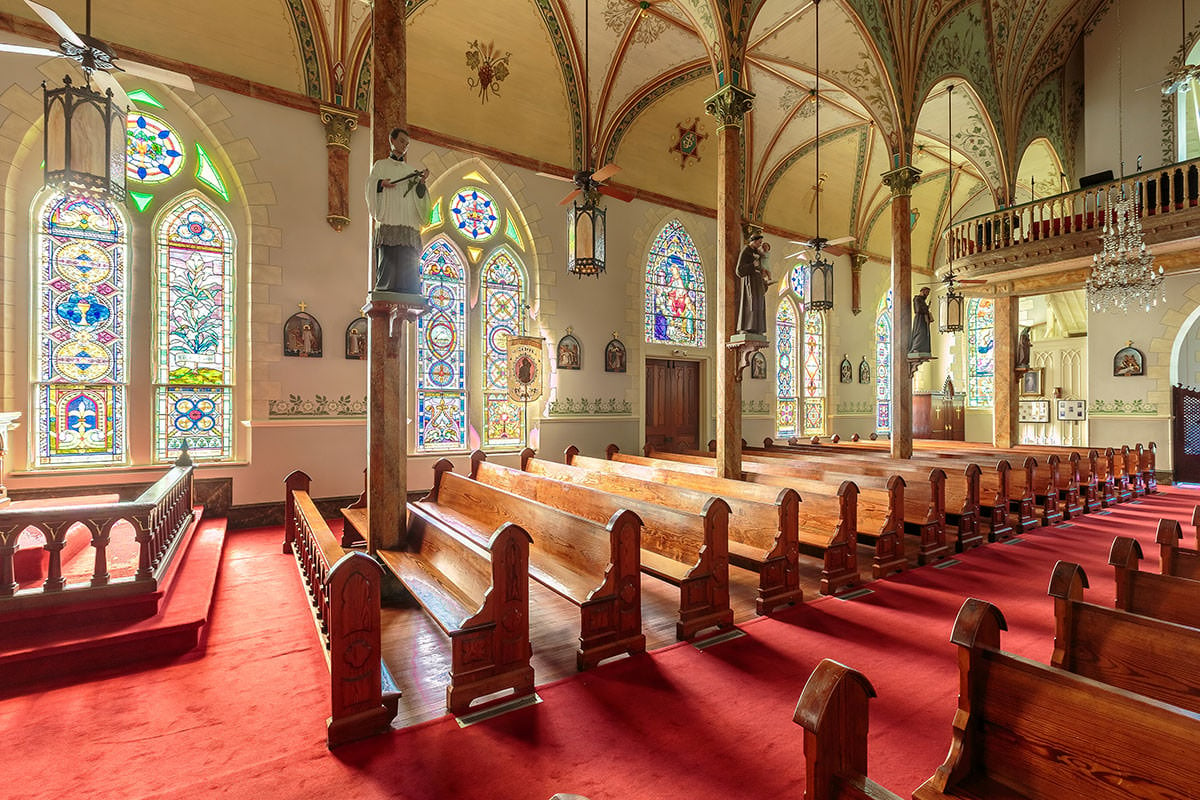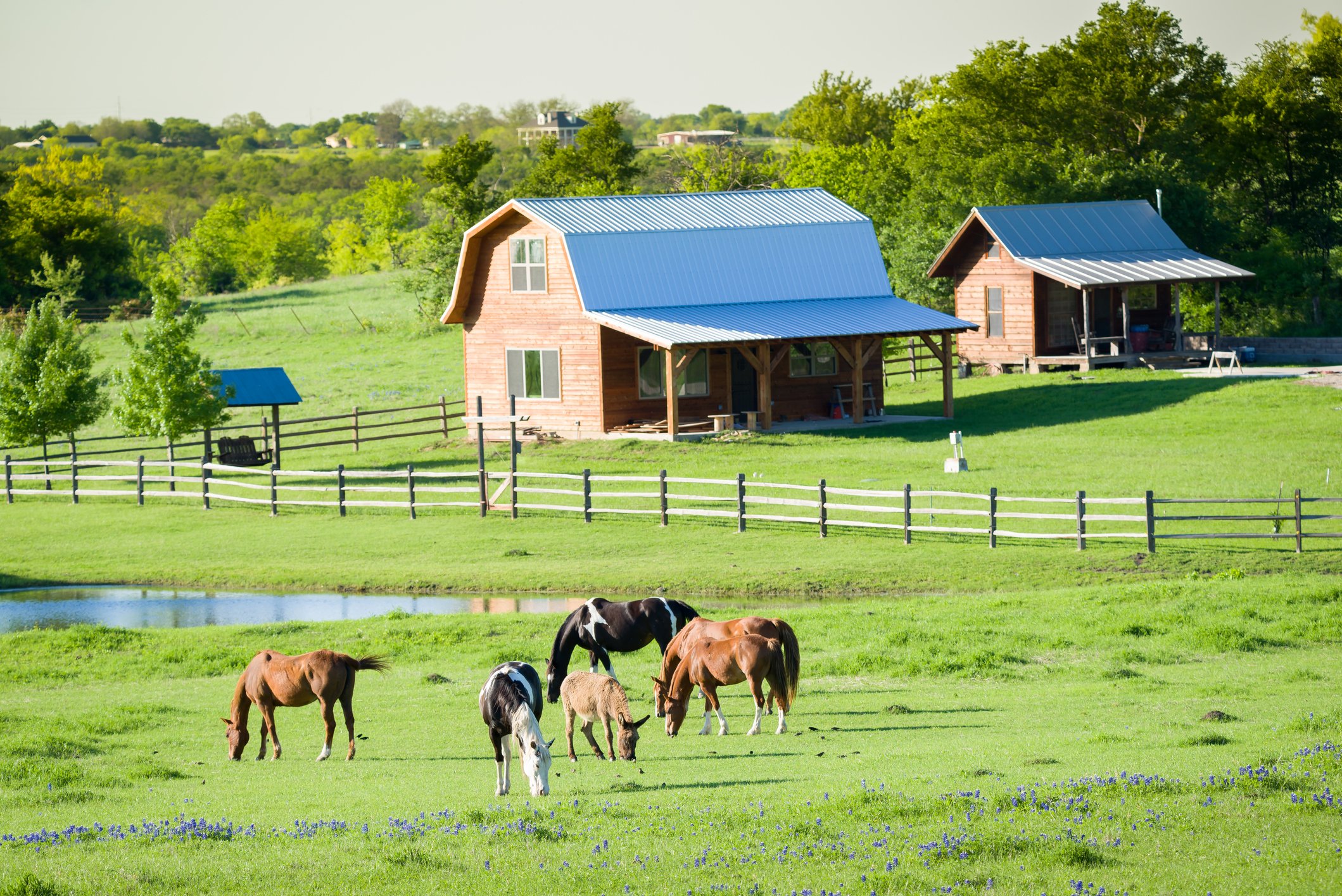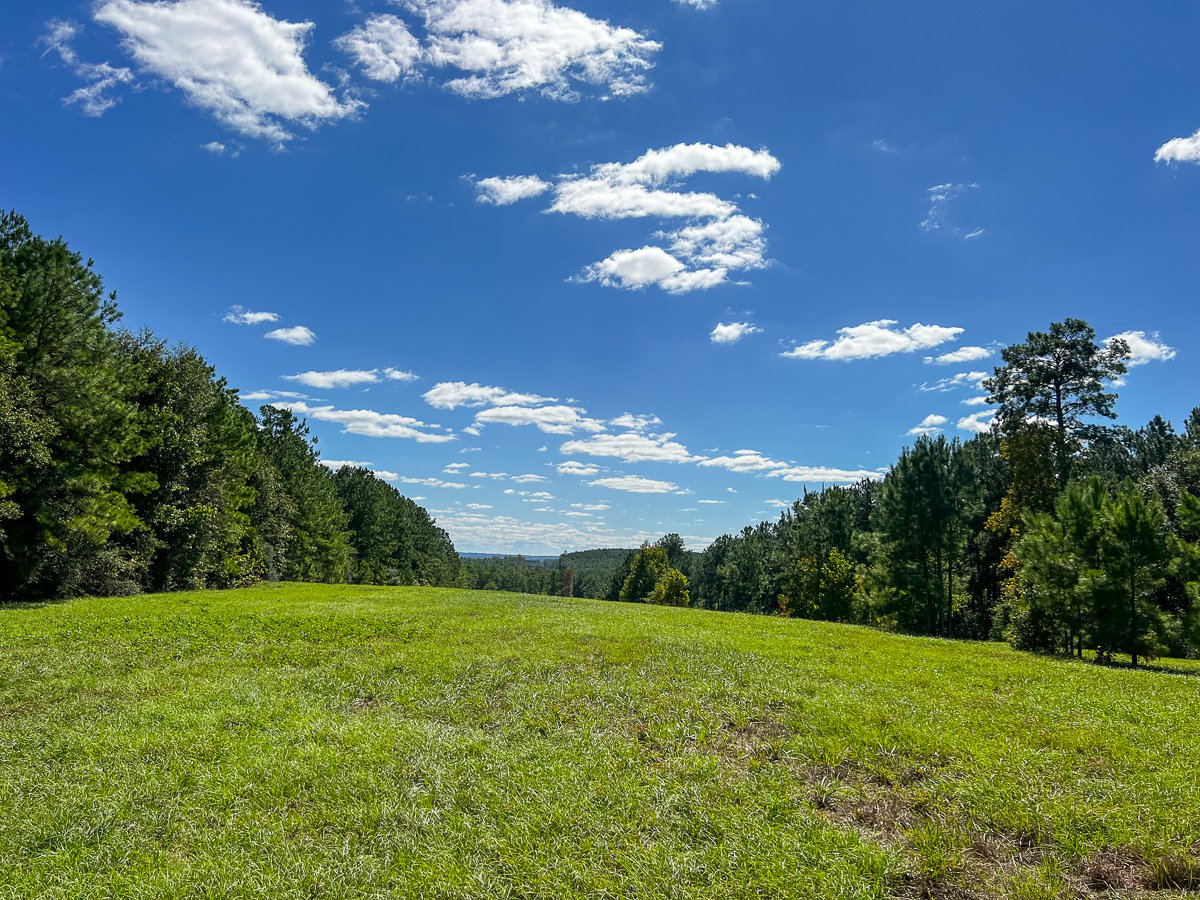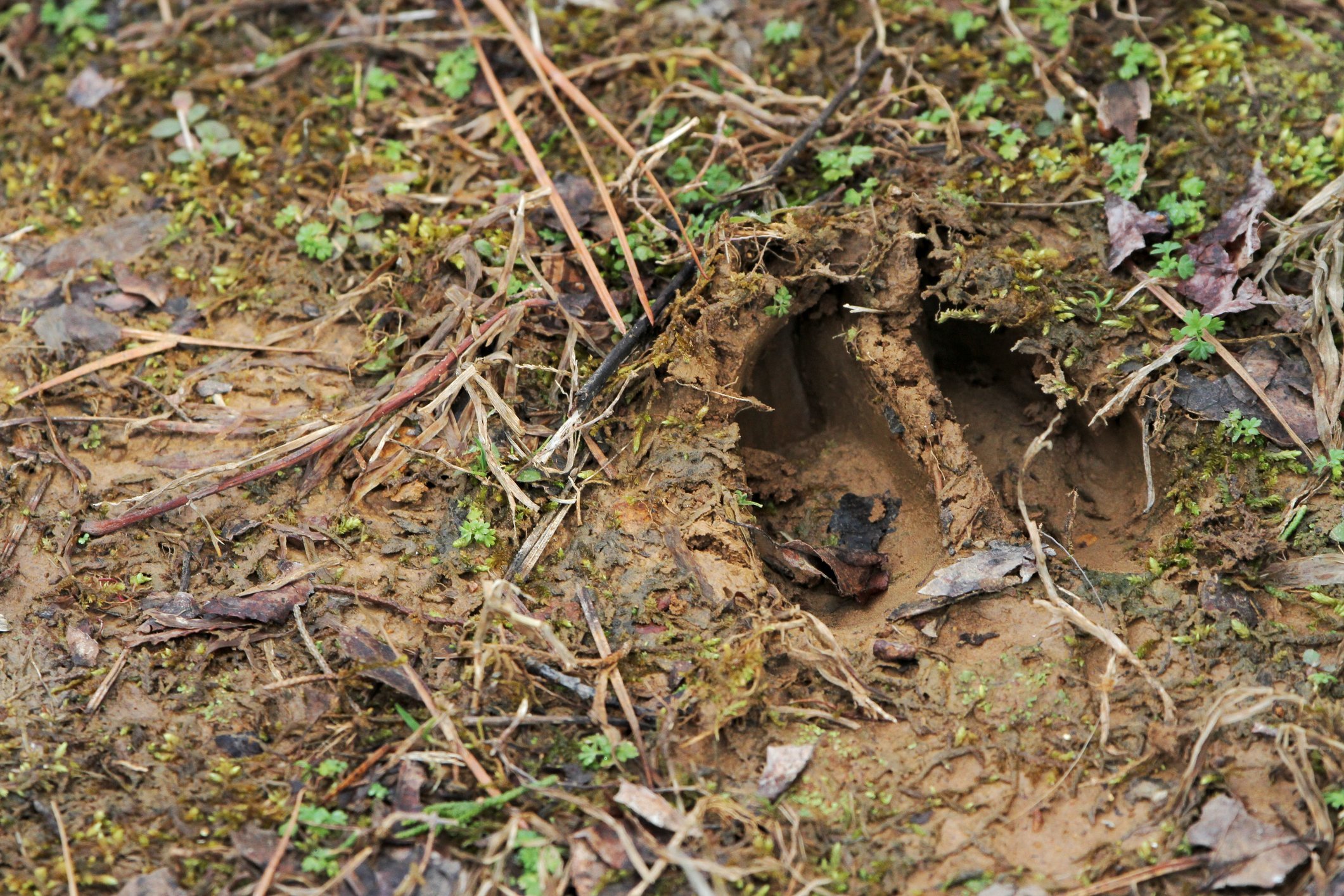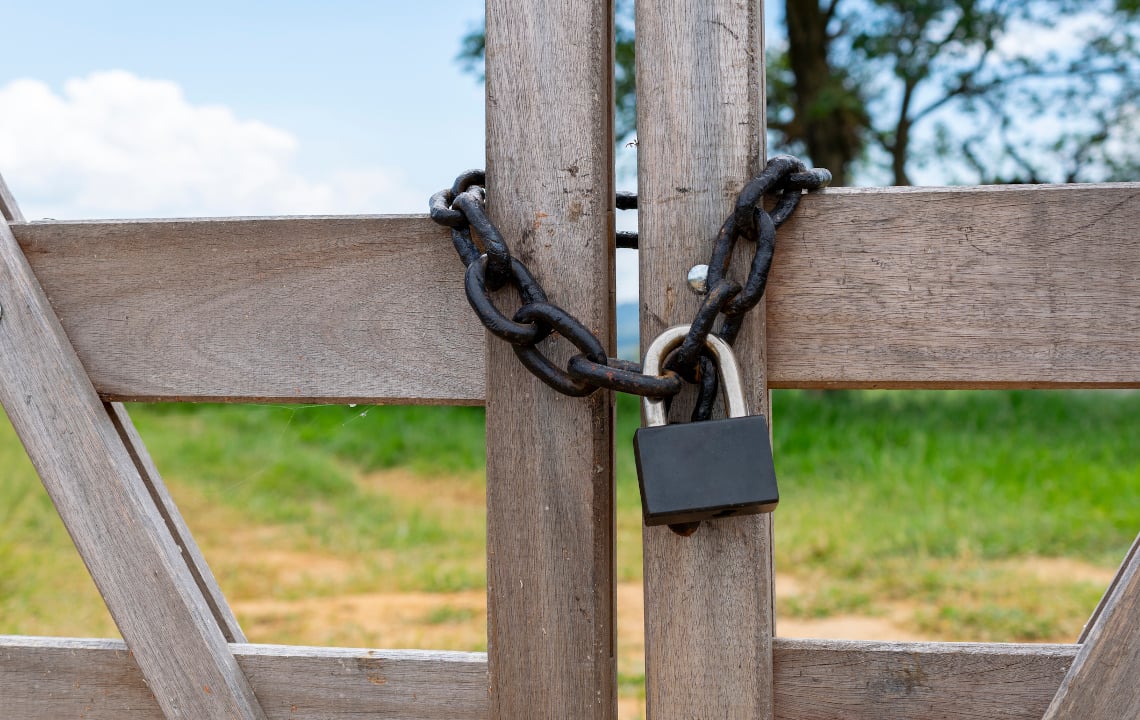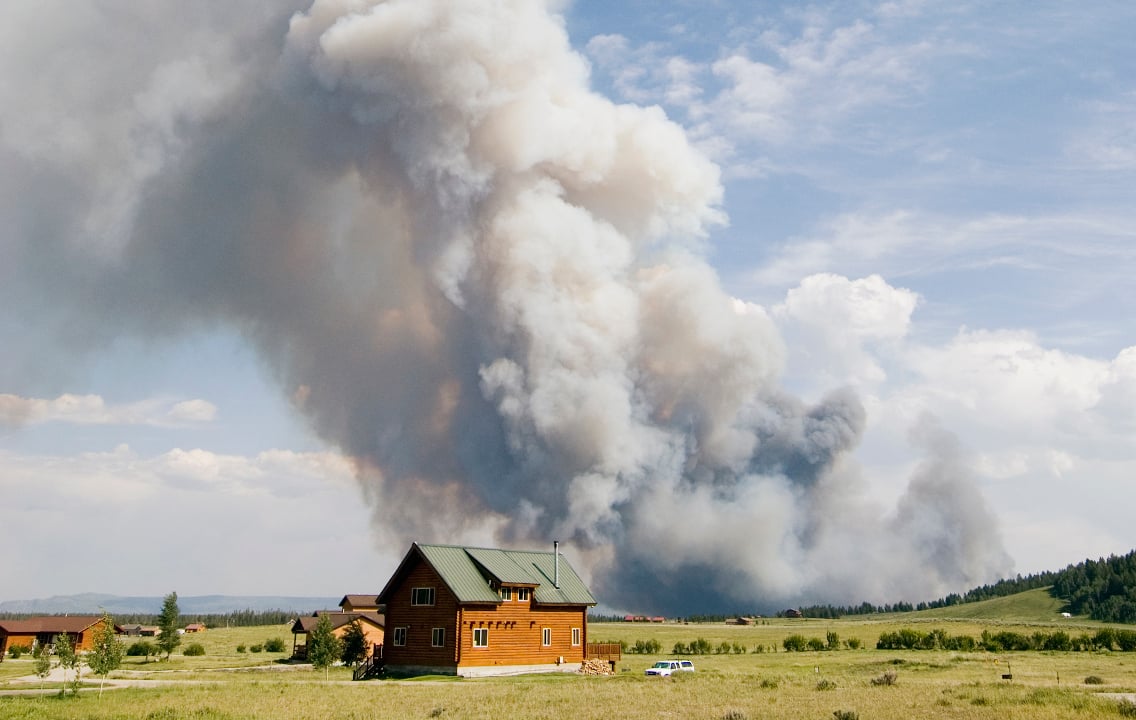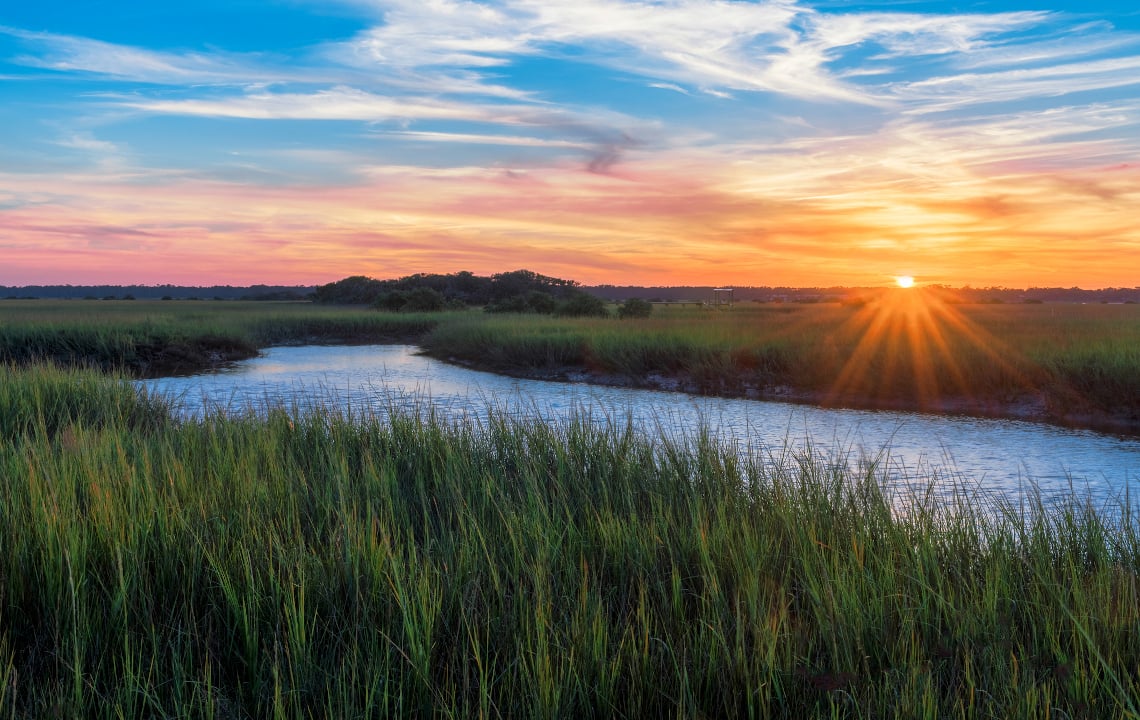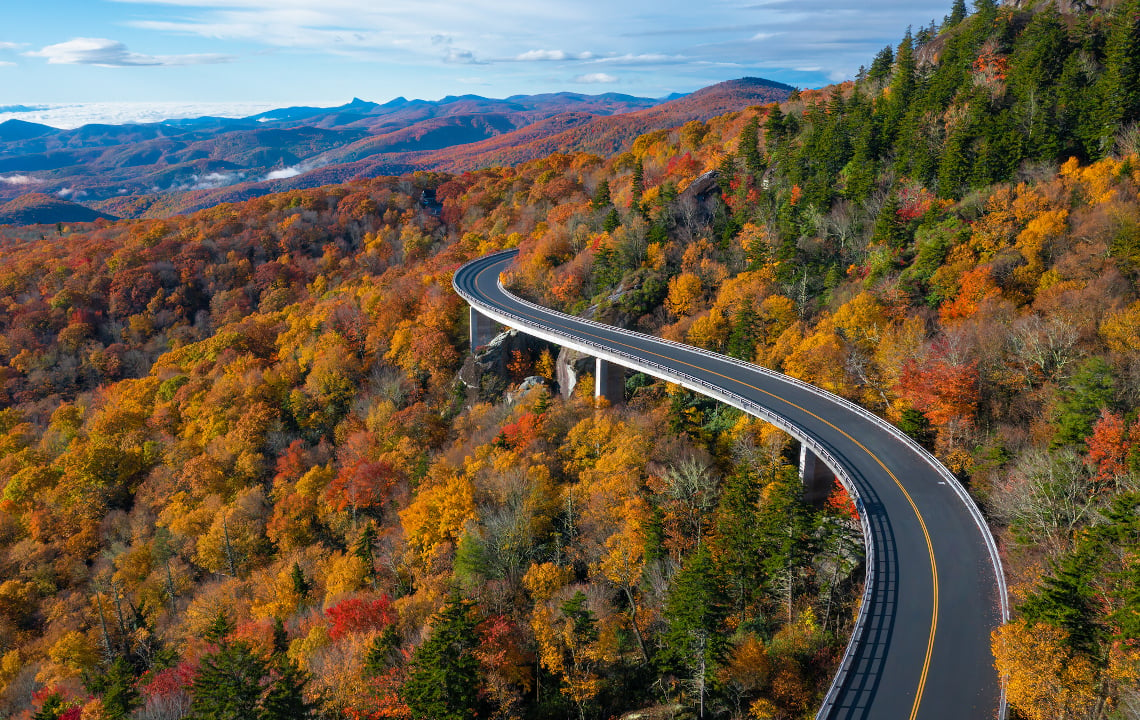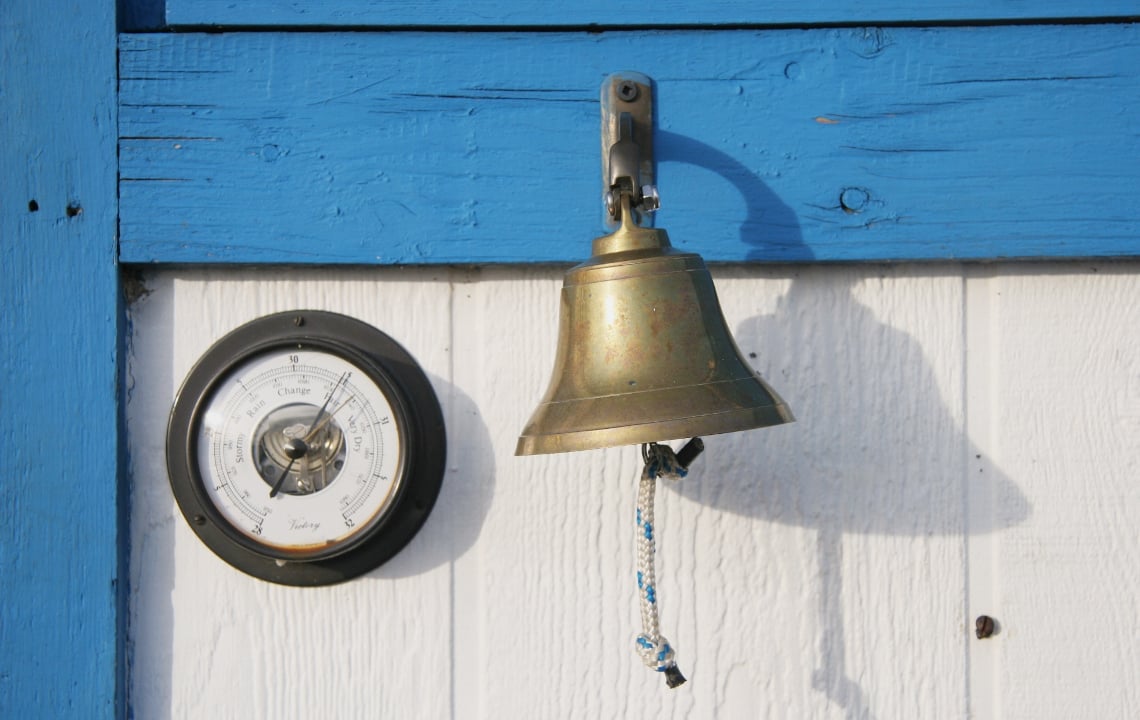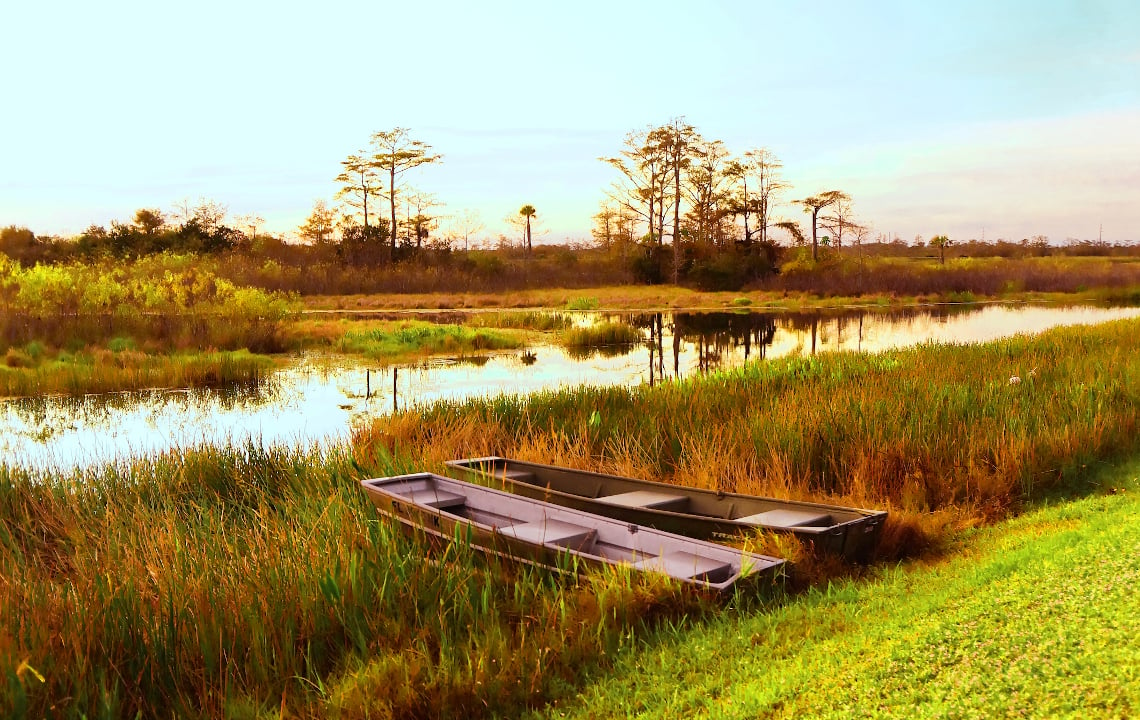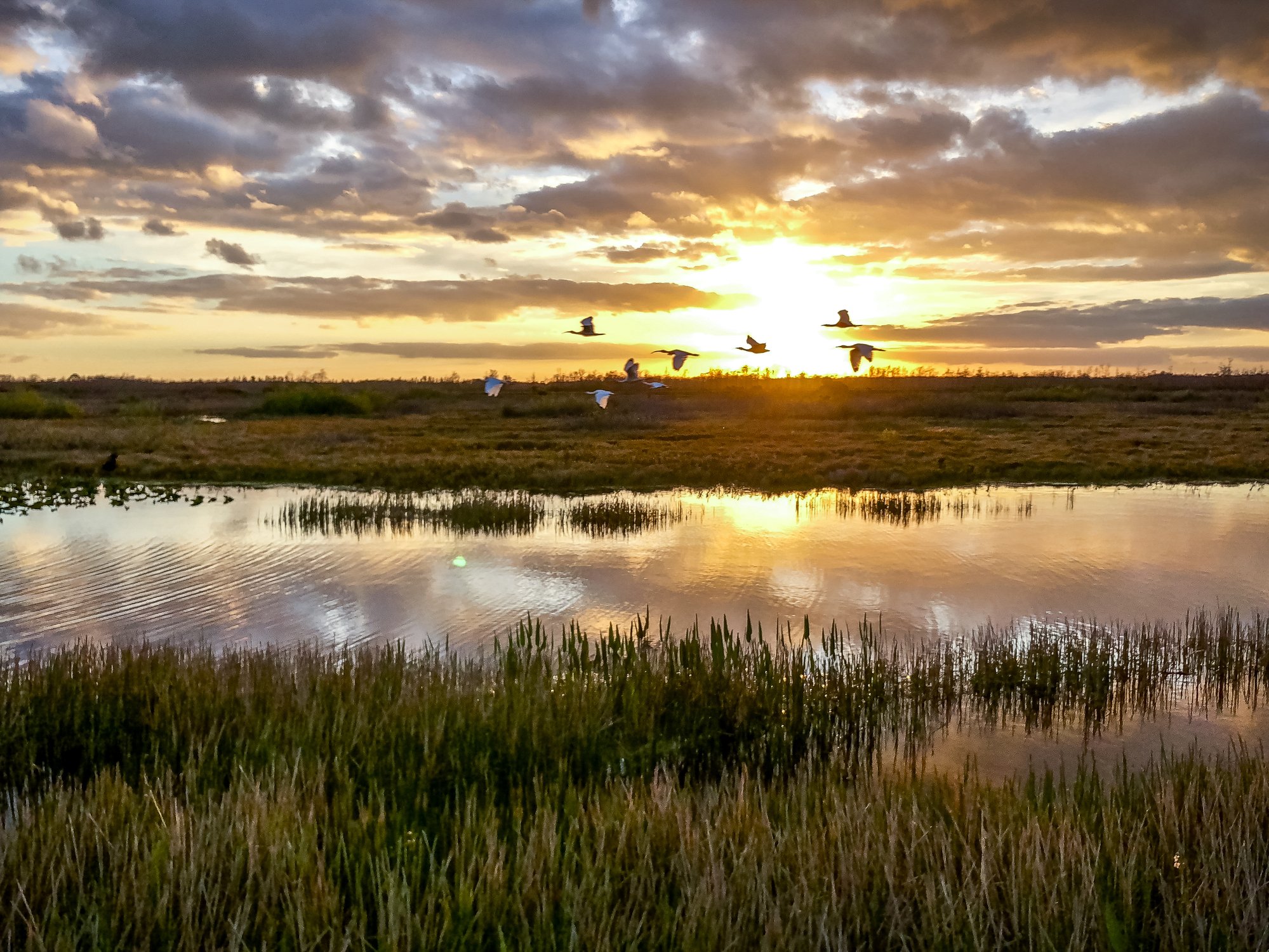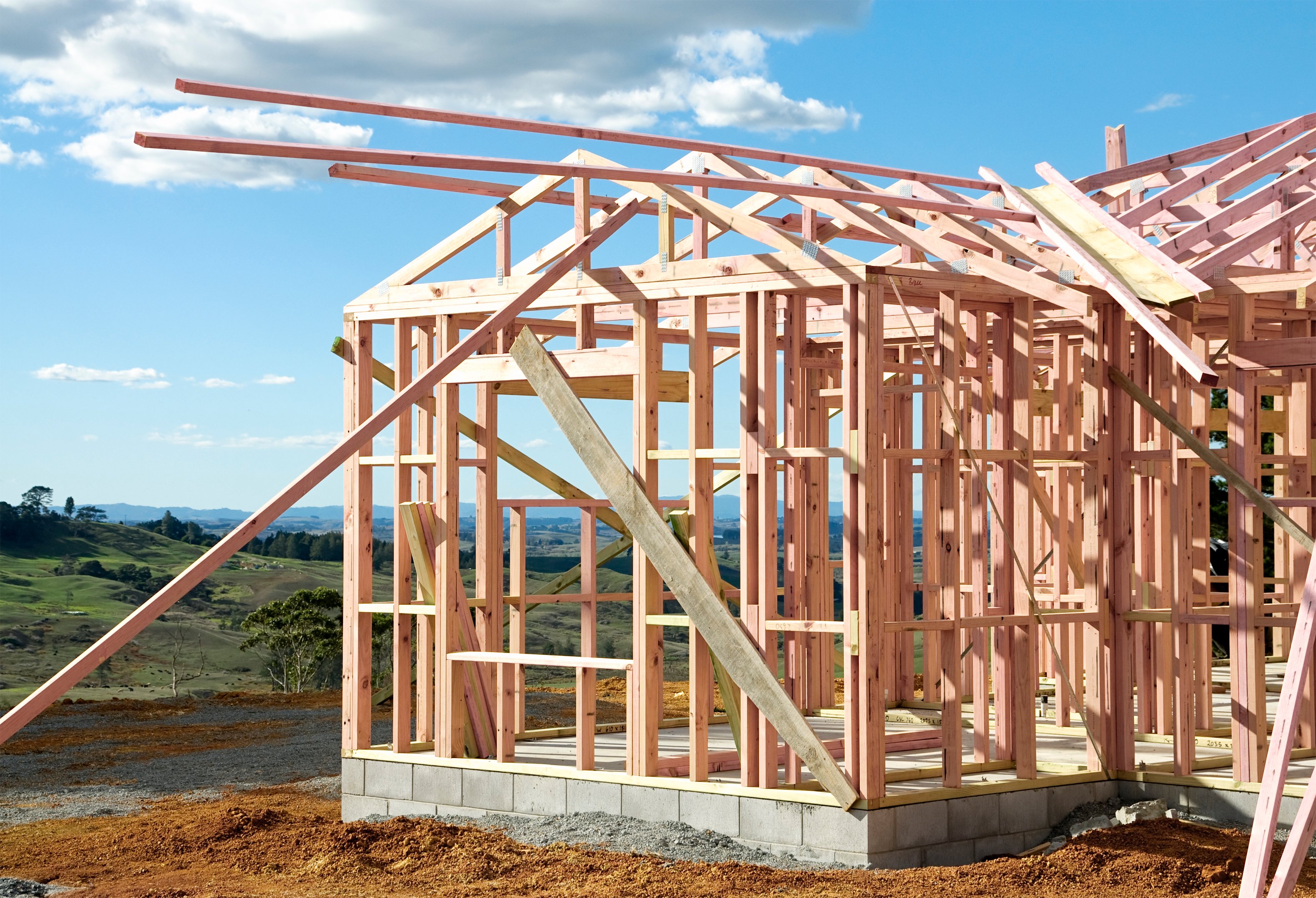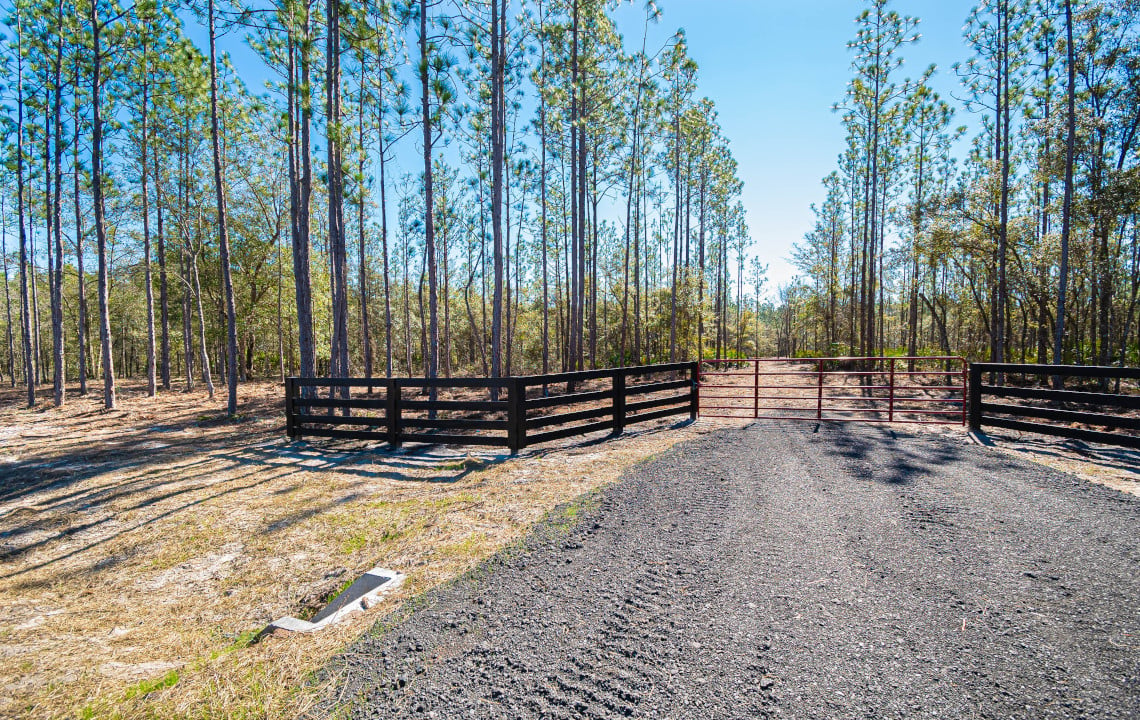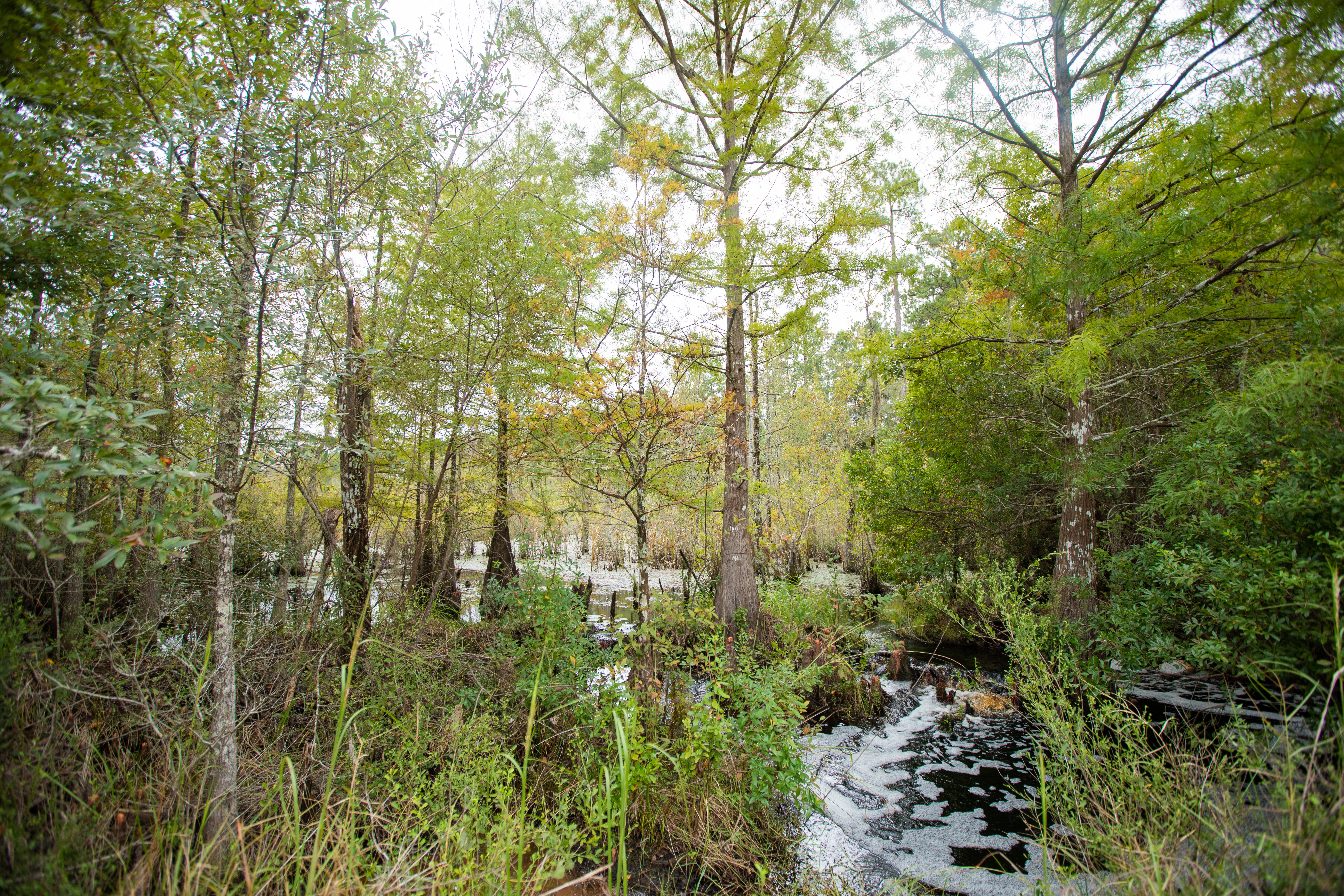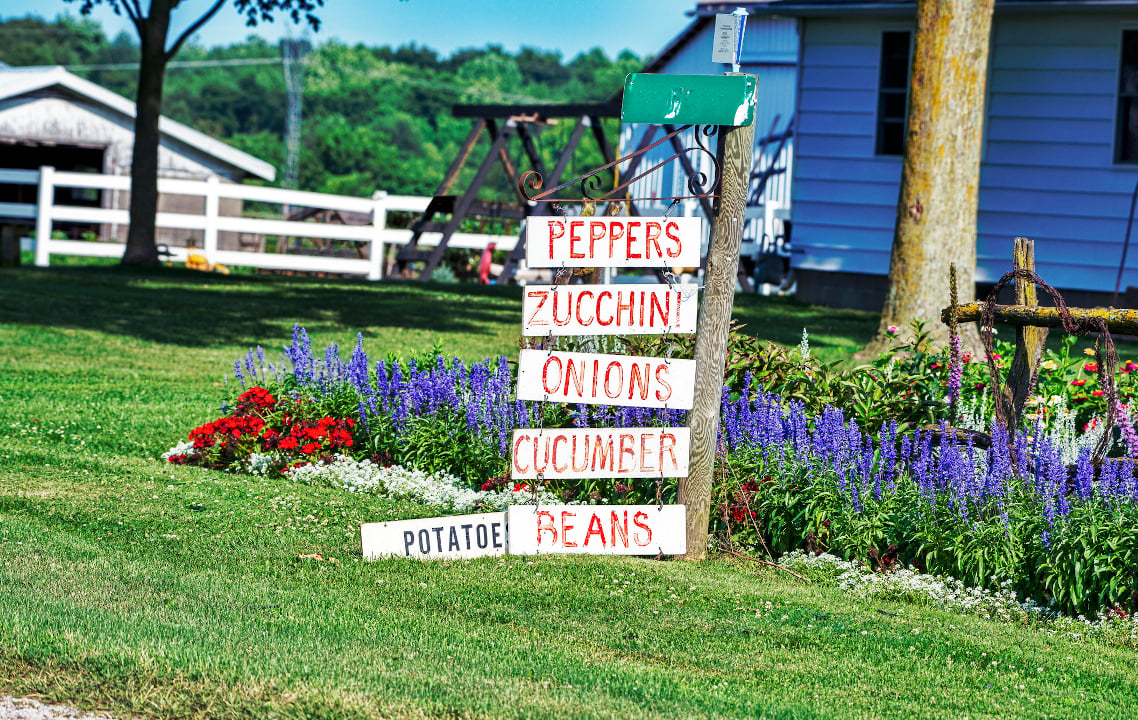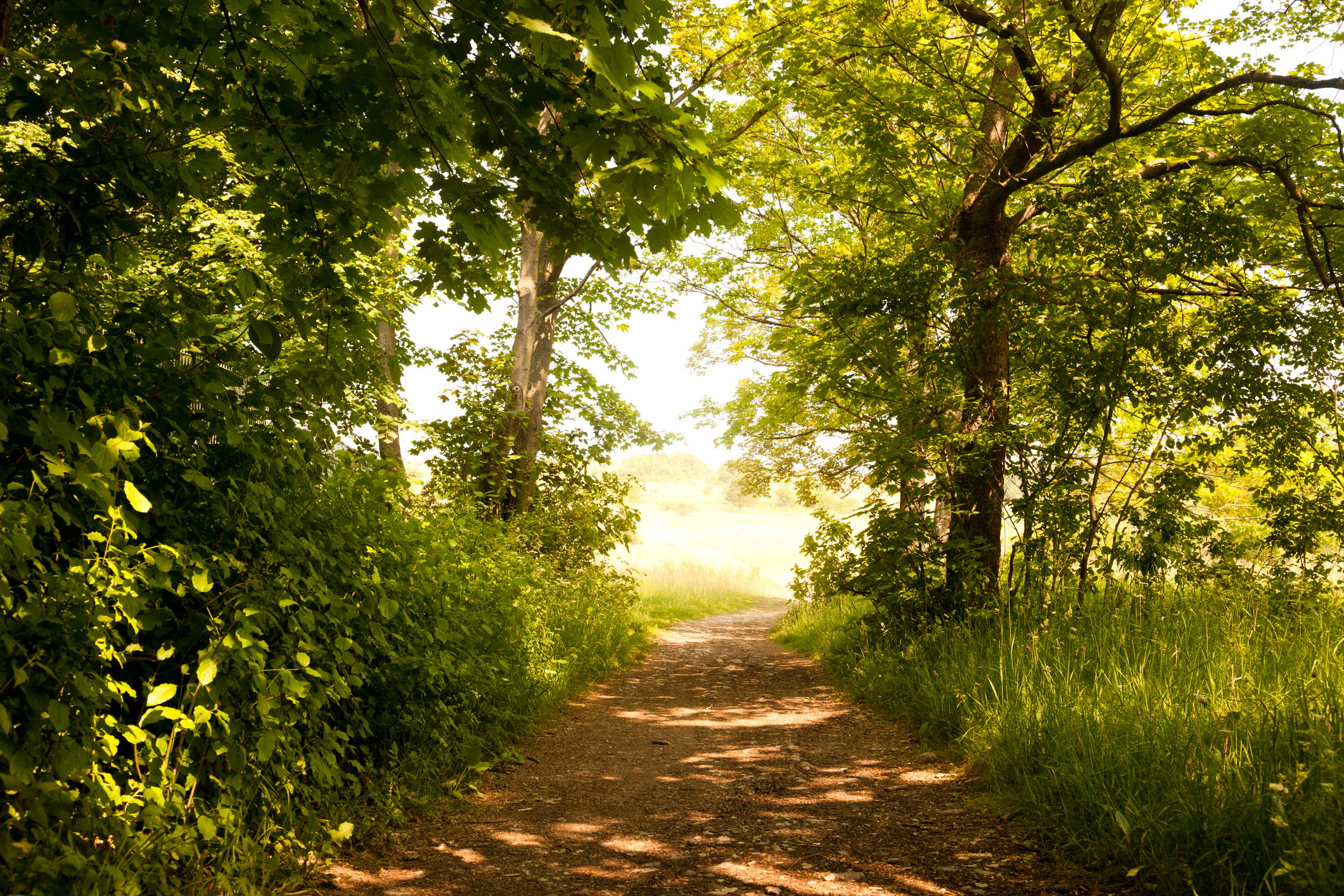Though unassuming from the outside, these four churches, less than a two-hour drive from Austin, boast awe-inspiring interiors.
In the opening scene of the PBS documentary, The Painted Churches of Texas: Echoes of the Homeland, the camera sweeps across the central Texas landscape, showcasing windswept prairies, winding dirt roads, and the whitewashed spires of country churches. The voiceover begins:
“All across this country, churches rise up from the landscape. … All of them have stories to tell. Sometimes, however the exteriors of these churches can be deceiving.”
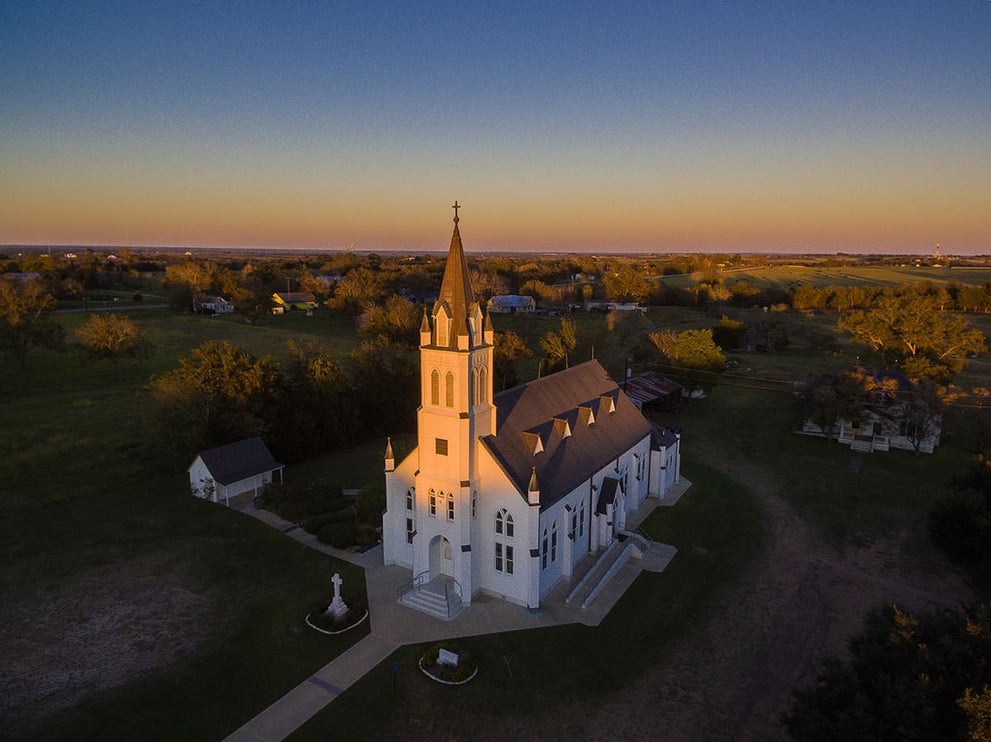
Nowhere is this more evident than the cherished Painted Churches of Texas.
“They’re totally unassuming from the outside,” says Wanda Stanzel, a former Realtor who moved to the area about five years ago. Stanzel now volunteers as a docent, leading tourists through the country church doors that give way to breathtaking interiors.
“You can’t imagine what’s on the inside,” she says. “You walk through and say, ‘Oh, my word!’”
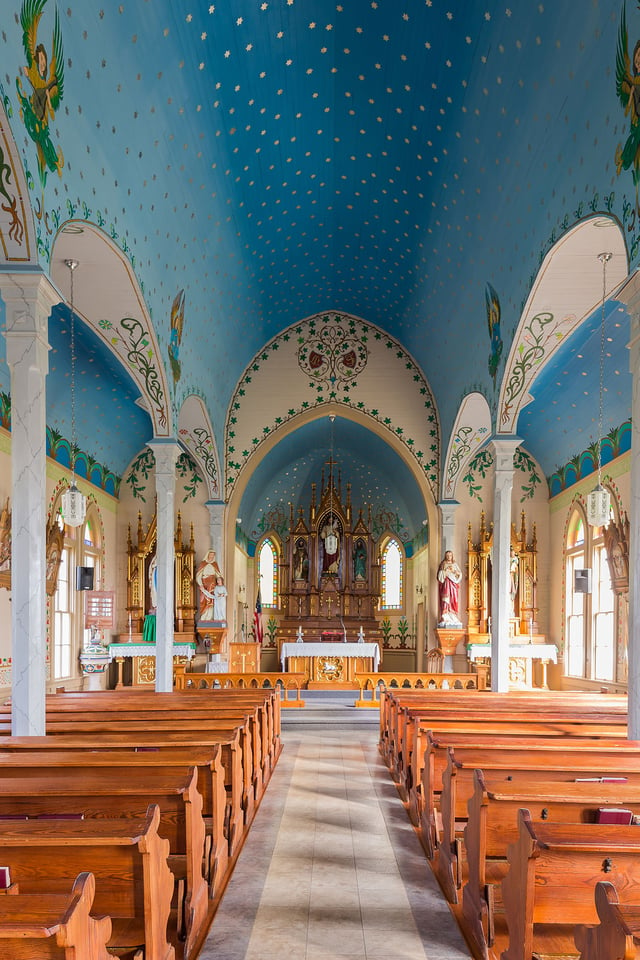
Twenty painted churches in Texas are listed in the National Register of Historic Places, including two within historic districts. In 1983 the Texas Historical Commission prepared a thematic nomination titled Churches with Decorative Interior Painting, which resulted in the listing of 12 of these churches. The Schulenburg Chamber of Commerce estimates there are an additional 10 throughout the state that are not yet listed in the National Register.
Each interior is richly adorned with decorative painting techniques, including stenciling, freehand work, graining, and marbling. The founders—largely Czech and German immigrants—built up towns like Dubina, Ammannsville, and Praha with dreams of affordable land and a better life. The churches they raised were designed and adorned in the image of the ones they left behind, serving as a window into the past even as they live on with active congregations.
The churches “not only reflect uncommon survival of high-style and vernacular painted interiors,” according to the Churches with Decorative Painting document, “but help to document the history of immigration in the state.”
The following images, shot by photographer Gary Clark, offer an up-close look at the delicate, intricate, and opulent designs preserved in four of the Painted Churches of Texas.
St. Mary’s Catholic Church, Nativity of the Blessed Mary
High Hill, Texas
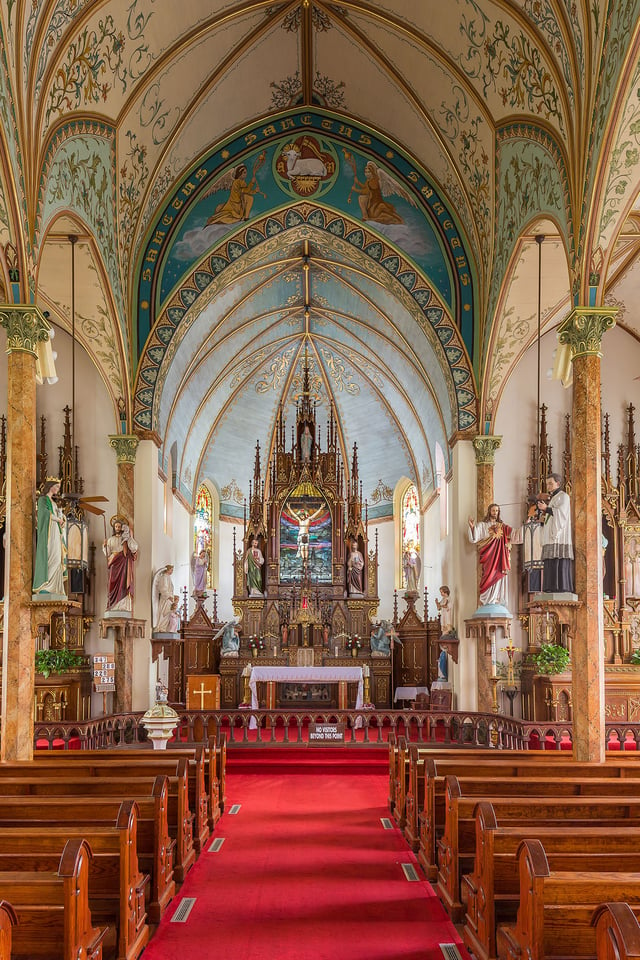
St. Mary’s High Hill is known as the queen of the painted churches. Stepping inside from the charming if modest exterior, it’s easy to see why. “It is the most elegant church, it looks like a Faberge egg,” says Stanzel. “It’s exquisite.”
The interior showcases a wide range of painting techniques, including marbling on the center columns, freehand work on the angels over the altar.
When Zimmerman leads tours through High Hill, tourists’ first reaction is often a gasp. “Everybody is just awestruck,” she says. As she begins pointing out the details, it’s frequently the stained glass that catches people’s eyes. “The robe on Jesus and Mary look like velvet,” she says.
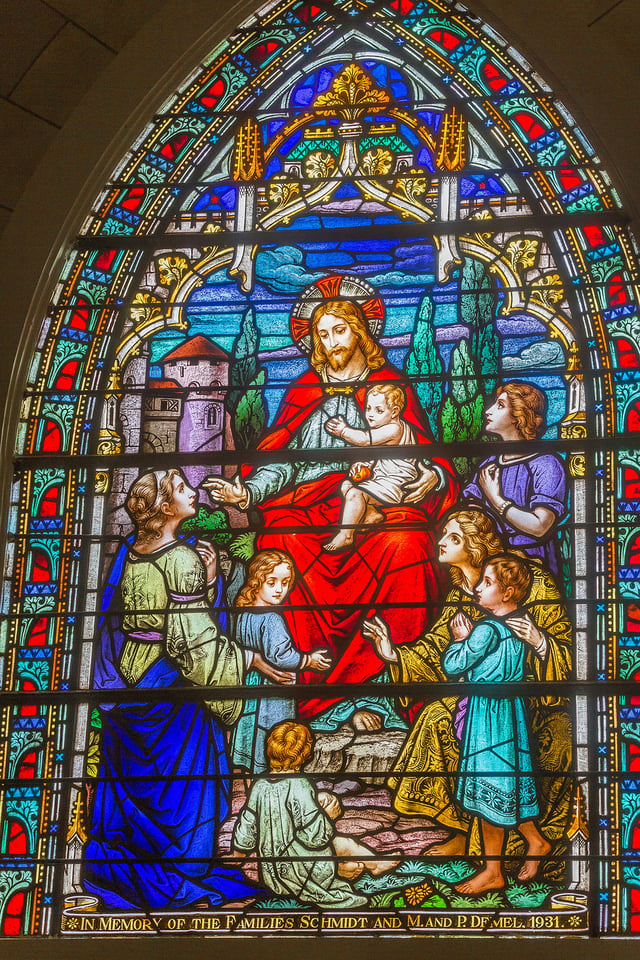
The extensive use of stained glass is a prime example of the difference in decorative preferences between German and Czech immigrants. “Germans have fancy stained glass windows and painting everywhere, they us a lot of gold,” says Zimmerman. “They went all out where the Czechs preferred letting in natural sunlight.”
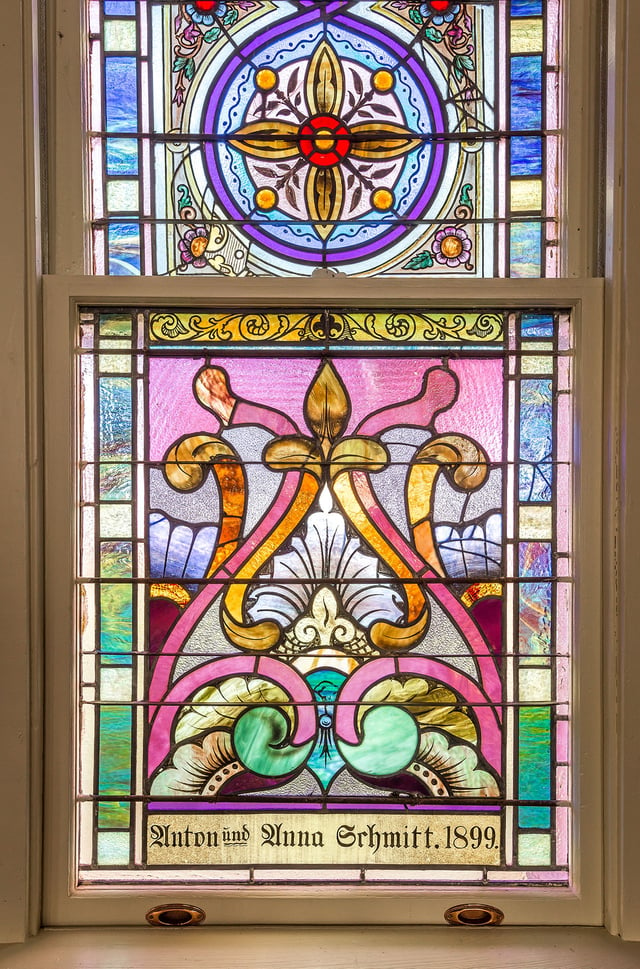
One of the most prominent features of the High Hill church is the ceiling—instead of painting directly on wood or plaster, the original decorators covered each panel with canvas.
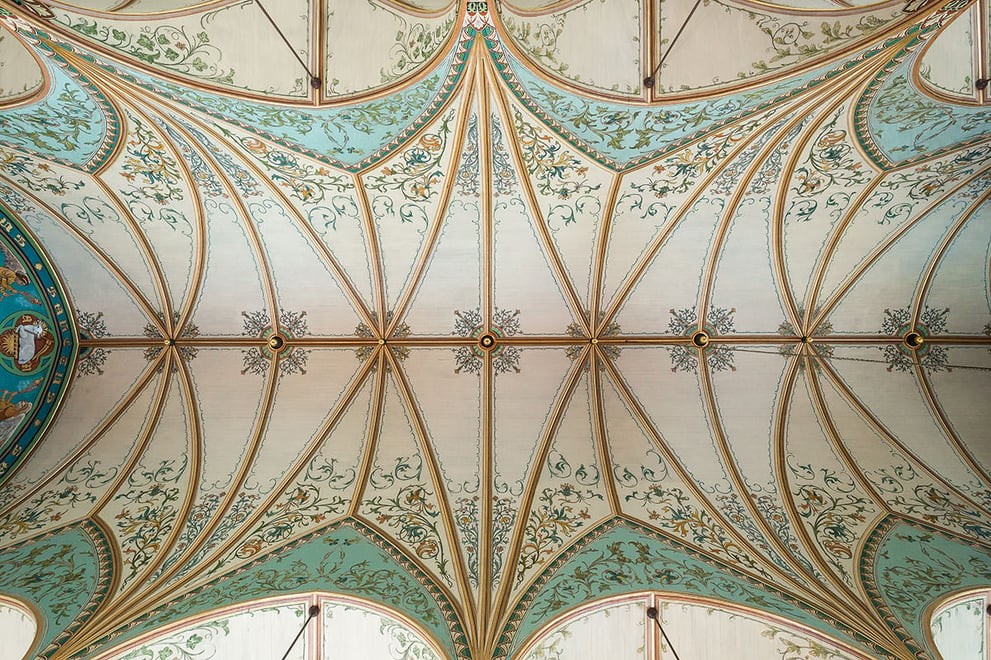
“In every arch above the windows, they painted a different religious symbol,” says Zimmerman.
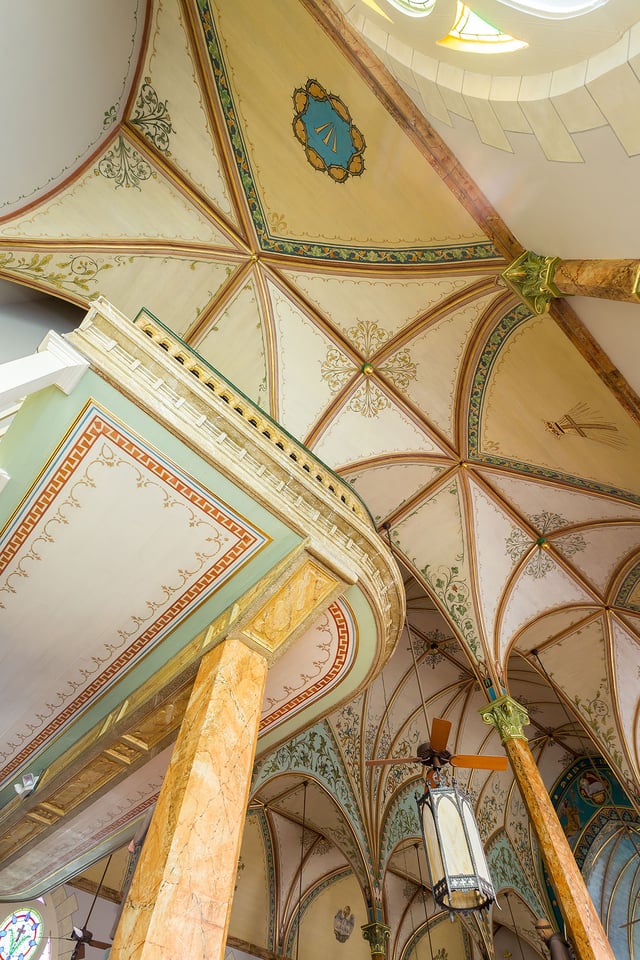
One panel features three lilies representing St. Joseph parallel to the statue of the same.
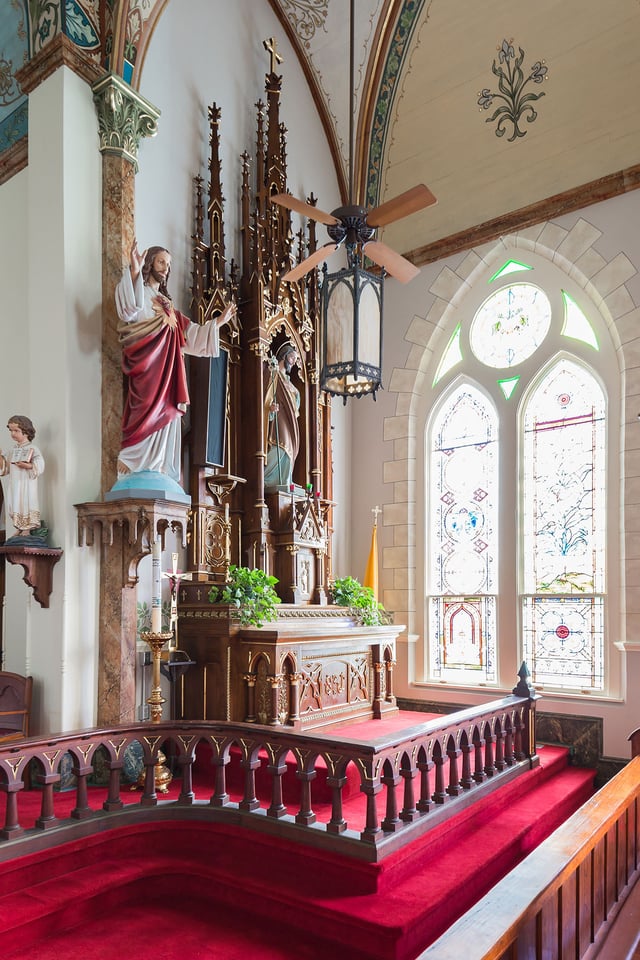
St. John the Baptist Catholic Church
Ammannsville, Texas
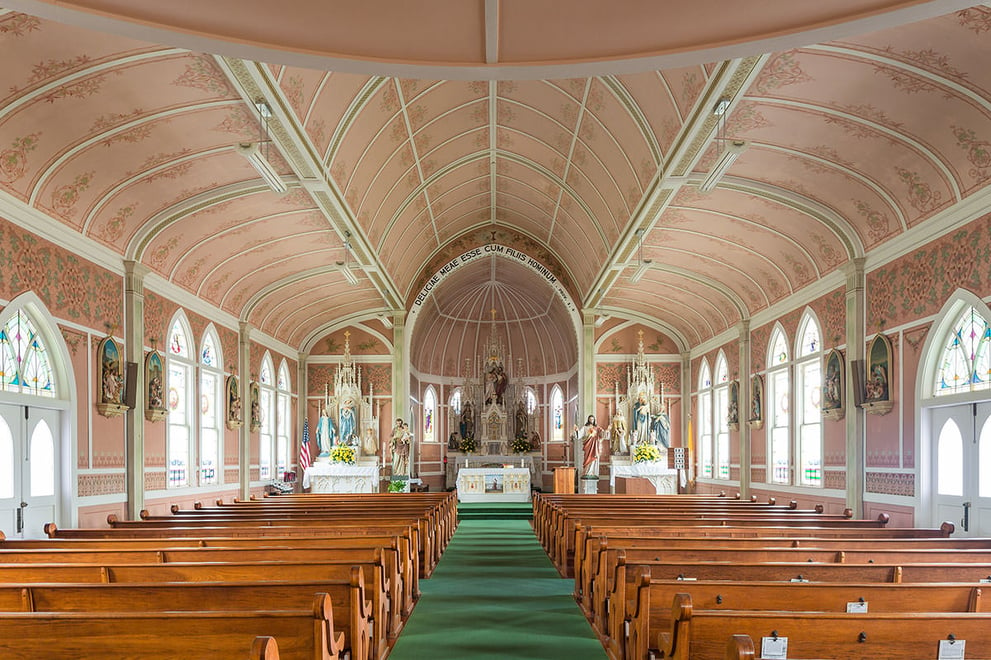
Printed in block letters above the altar at St. John the Baptist Catholic Church in Ammannsville is a portion of Proverbs 8, written in Latin: DELICAE MEAE ESSE CUM FILIIS HOMINUM. Translated, it means, “My delight is with the Son of Man.”
With walls and a ceiling the color of spun cotton candy, the church at Ammannsville is a sight to behold. It’s actually the third building to stand on that site. The first, built in 1890, was destroyed in 1909 by a hurricane locals refer to as “the storm.” Tragedy struck again in 1917 when the rebuilt structured burned to the ground. The current church, painted by San Antonio fresco artist, Fred Donecker, was dedicated in 1919.
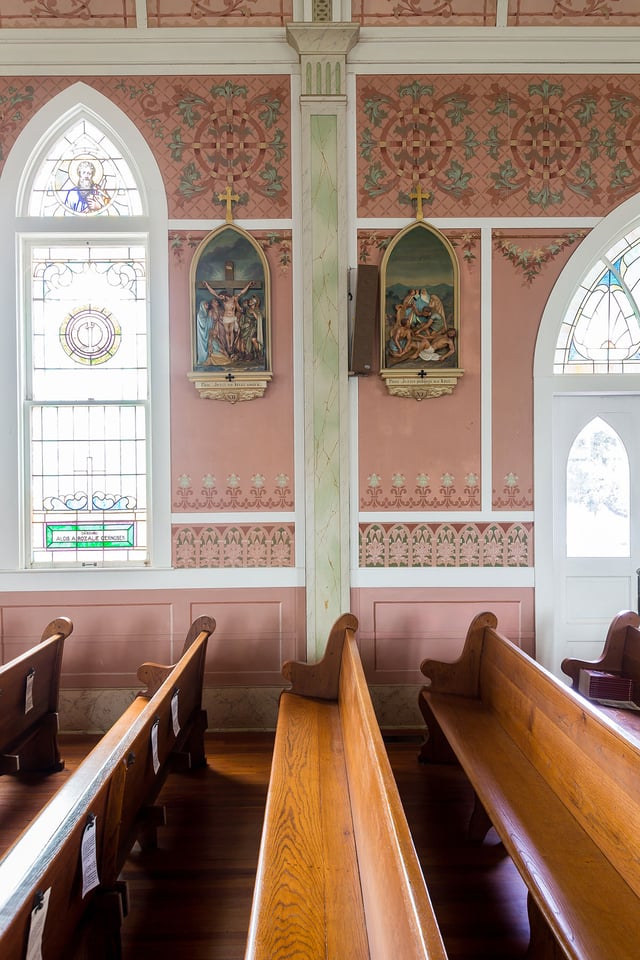
The Czech influence can be felt throughout, in contrast to High Hill’s German opulence, the windows are only minimally adorned with painted panels, allowing in plenty of natural light. A popular marbling technique is on full display on the banister leading up to the balcony, while infill painting can be seen throughout the ceiling motif.
According to Zimmermann, parishes often ordered statues and altar decorations directly from European vendors, or from companies based in Chicago or St. Louis.
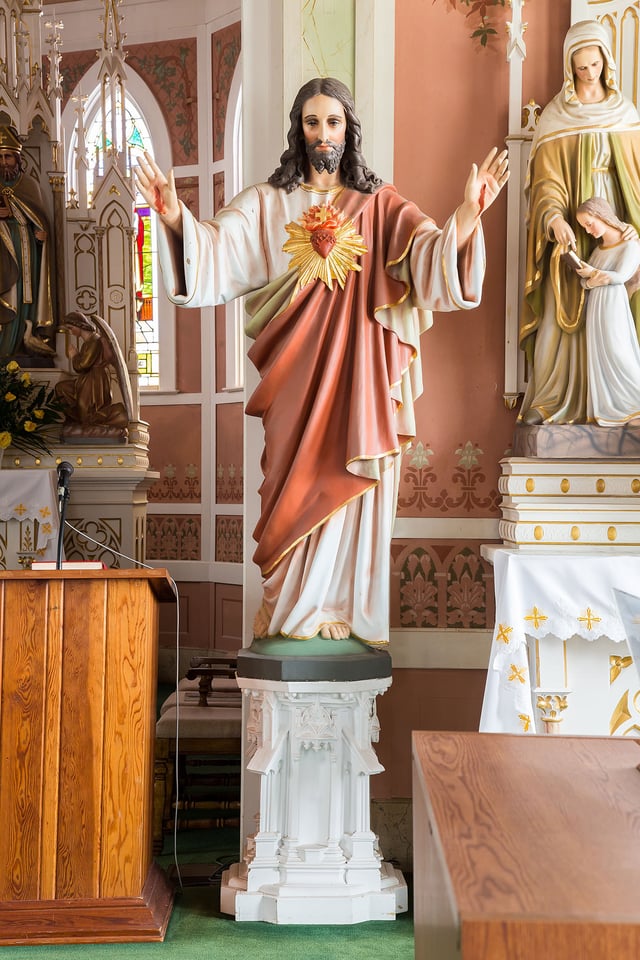
St. Mary's Church of the Assumption
Praha, Texas
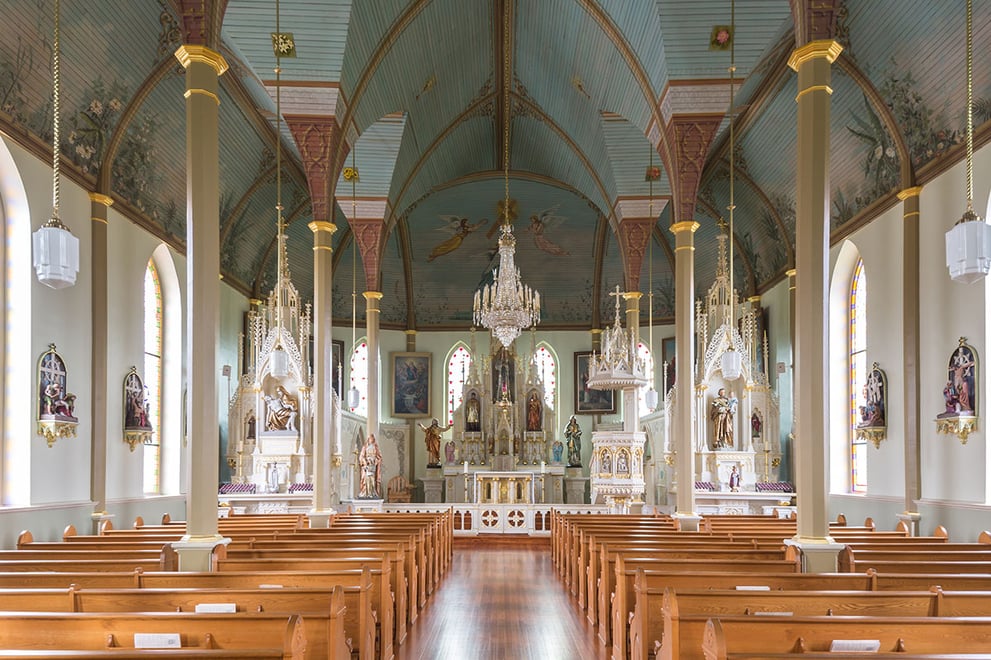
Close to 12,000 people came to the dedication of St. Mary’s Church in 1895. At the time, the town of Praha had just 600 residents. It was a grand opening befitting one of the grandest painted churches in Texas. Painted by Gottfried Flury, Rev. Louis Netardus, and Gene A. Mikulik, the church stands as a symbol of the community and the pride its people still have in their Czech and American heritage.
During the Feast of the Assumption in August, “[Praha hosts] one of the largest church picnics in Texas and draws Czechs from outside of state,” says Zimmerman.
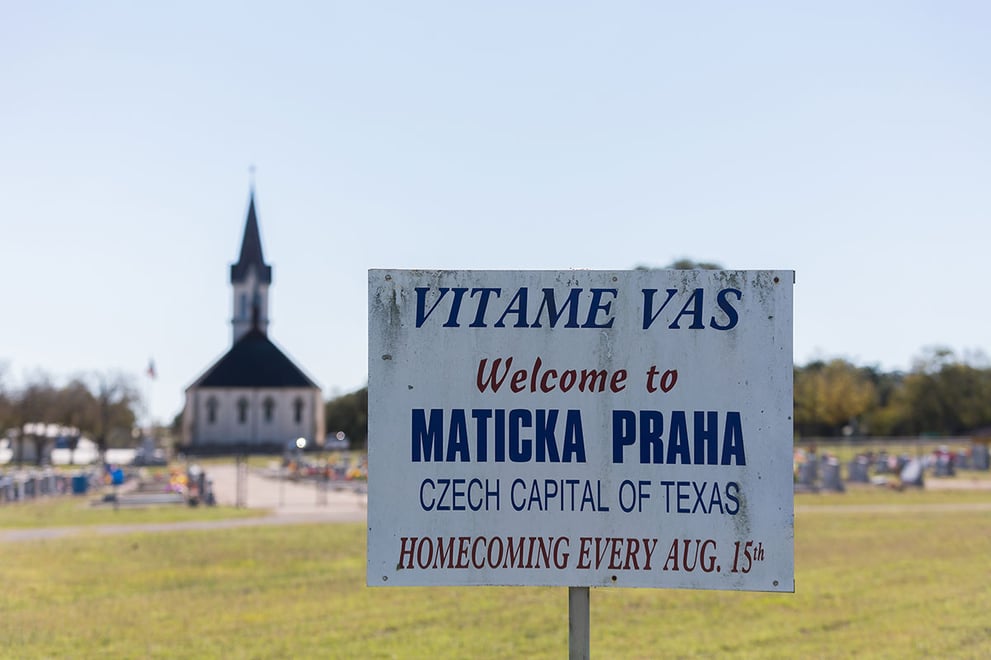
The town also goes all out to honor service members from the community, hosting a large service the Sunday before Veterans Day. “[Praha] had the second largest loss of life per capita during World War II,” says Zimmerman. “The little village lost 9 men. No family was left unaffected. …Veterans day is really special.”
Inside the church at Praha, careful observers can pick out 66 varieties of plants all native to Texas. “They told Mr. Flury, ‘We want the ceiling to look like the Garden of Eden existed in Texas,” says Zimmerman.
Above the altar, a large cross, surrounded by angels is “supposed to be an image from one of the home churches,” says Zimmerman. [Praha001/009] The icons that run along the ceiling above the rows of pews call to mind holy symbols like the Sacred Heart of Jesus, the Sorrowful Heart of Mary, and the All Seeing Eye of God.
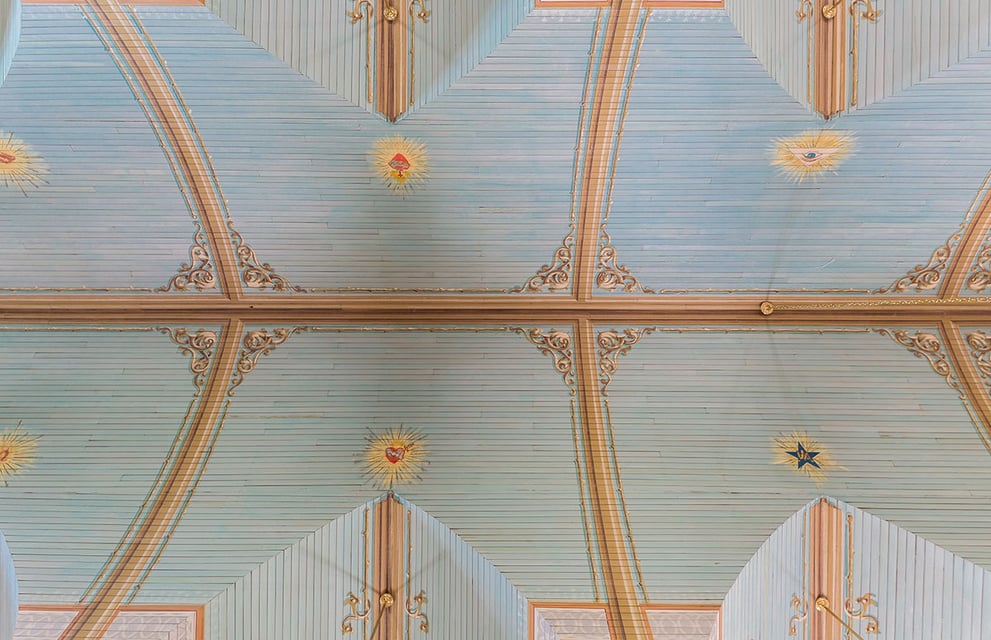
The church at Praha also features a prime example of the painting technique, trompe l'oeil “[It means] tricking the eye,” says Zimmerman. “Things look like they were carved, but it was a flat surface, and the use of shading and color make it look three dimensional.”
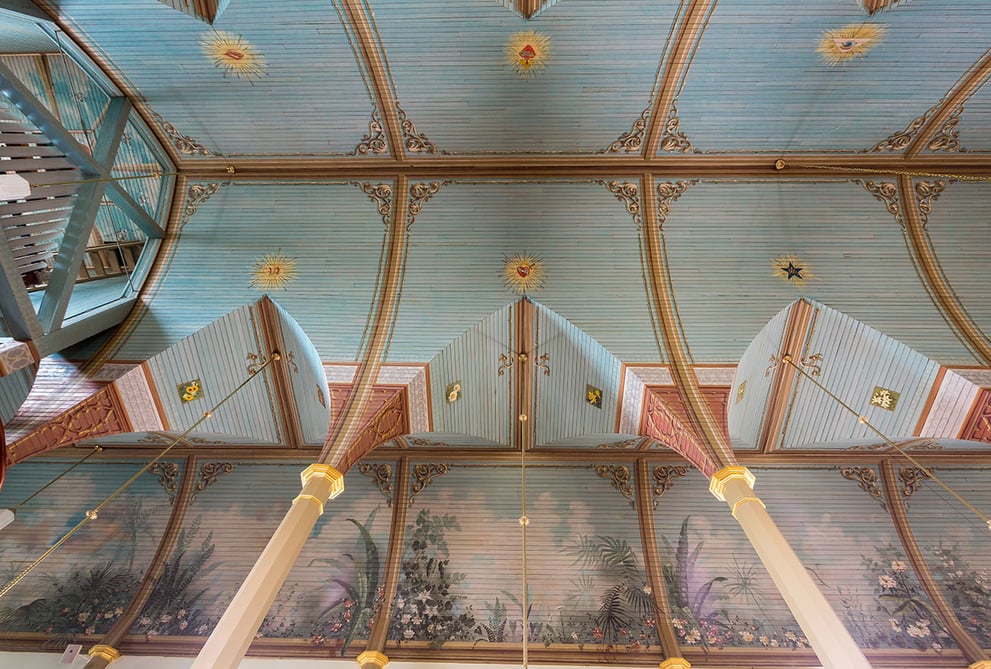
Saints Cyril and Methodius Church
Dubina, Texas
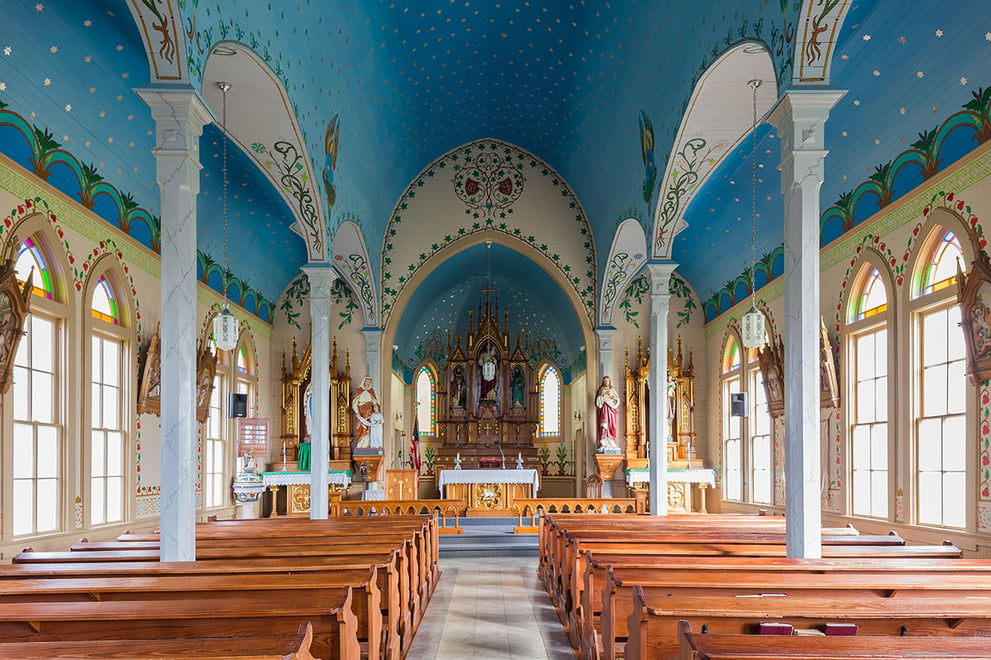
The story of Sts. Cyril and Methodius Church in Dubina could be one of history covered over. In 1952 the interior artwork, including stenciling and freehand painting, was whitewashed. Thirty years later, the congregation decided to restore the church to its former glory using old photographs and newly created stencils.
“Dubina is the church to me has the quaintest appearance,” says Stanzel. “It was a Czech church. “It has a lot of vines, that comes from the scripture ‘I am the vine you are the branches.’” “When it was restored, they lifted up 13 original stencils. What they could duplicate, they did what they [couldn’t] they used artistic liberty.”
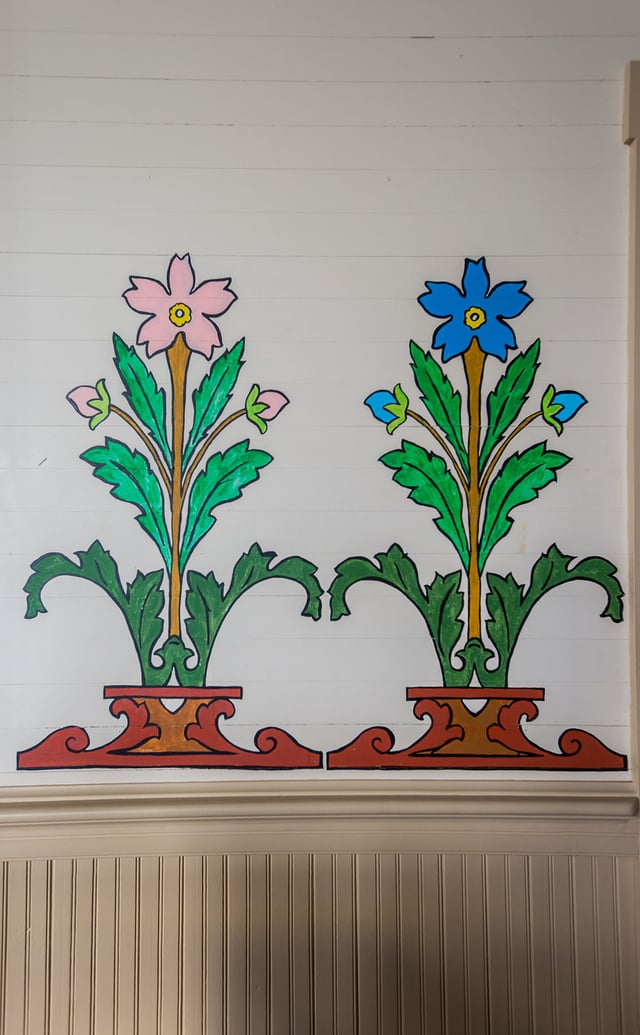
Volunteers recreated the stencil work and freehand painting throughout the sanctuary, and artist Eduardo Esparza was hired to refurbish the chapel’s statues.
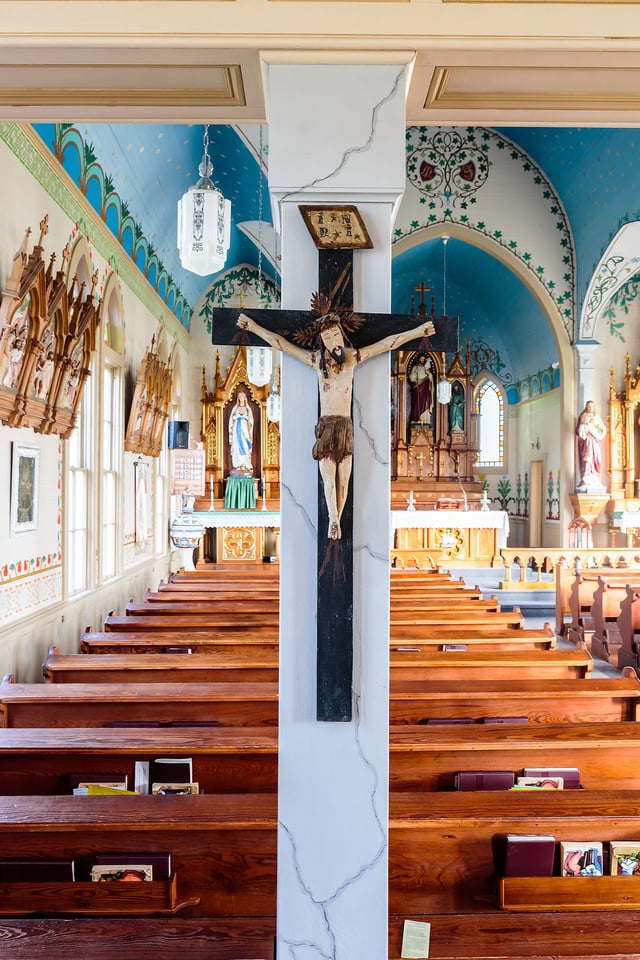
“I remember when we first started painting the angels,” parishioner and county judge Ed Janecka recounts in the PBS documentary featuring his church, “I knelt down and said a little prayer and said ‘Listen, this is in your hands. I don’t know anything about art…I’ve never had any training.' It’s amazing, without sounding somewhat trite, I really think the hand of God was guiding us in the right direction and wanting this to be recreated.”
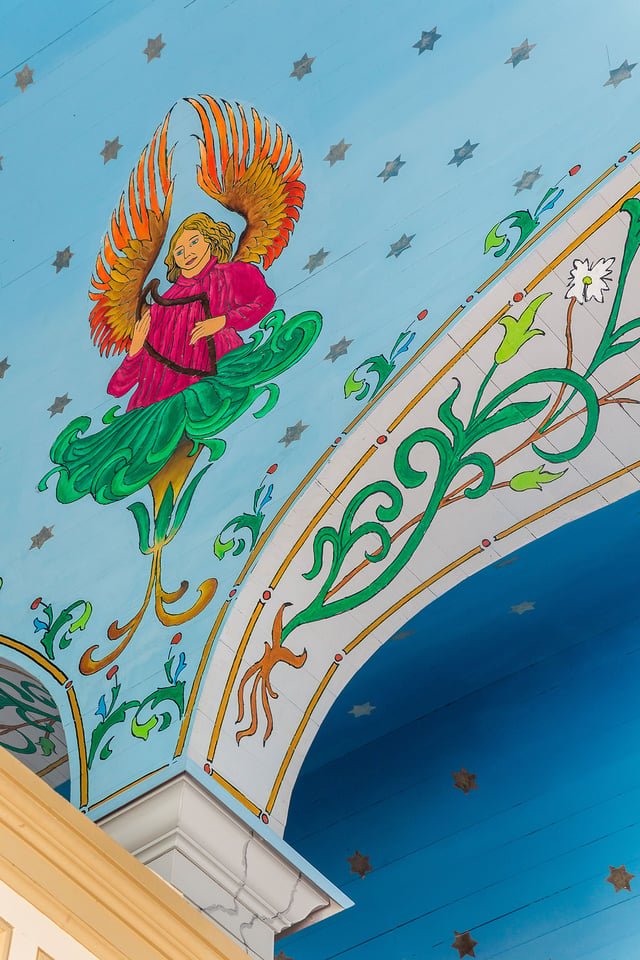
For an in-depth look at these and other painted churches, check out the PBS documentary, the Painted Churches of Texas: Echoes of the Homeland, produced by KLRU. All photos by Gary Clark.


